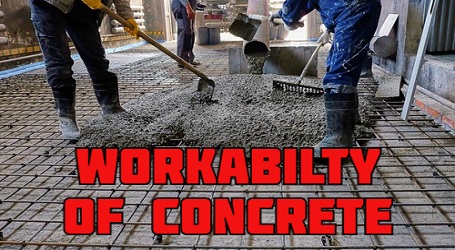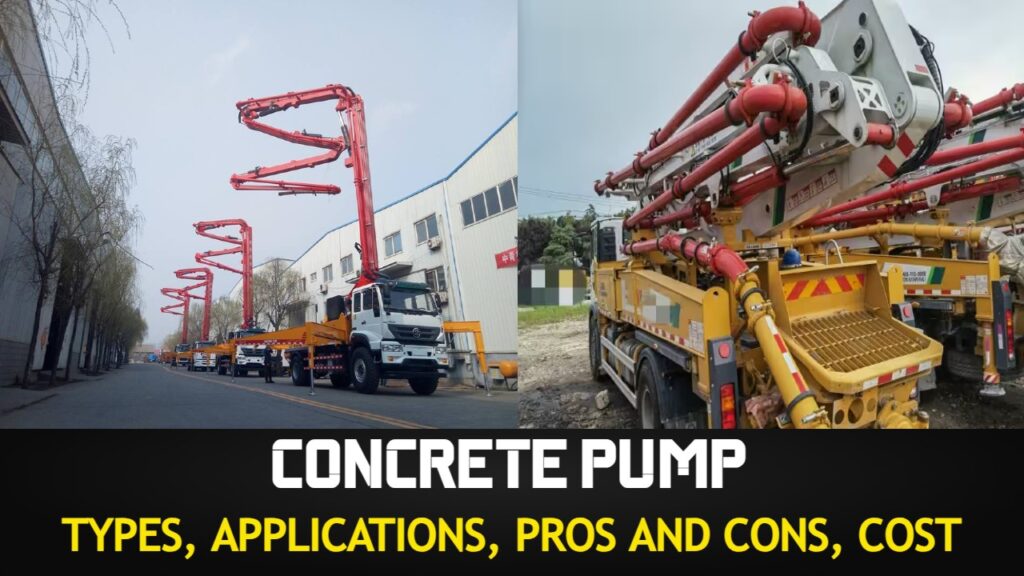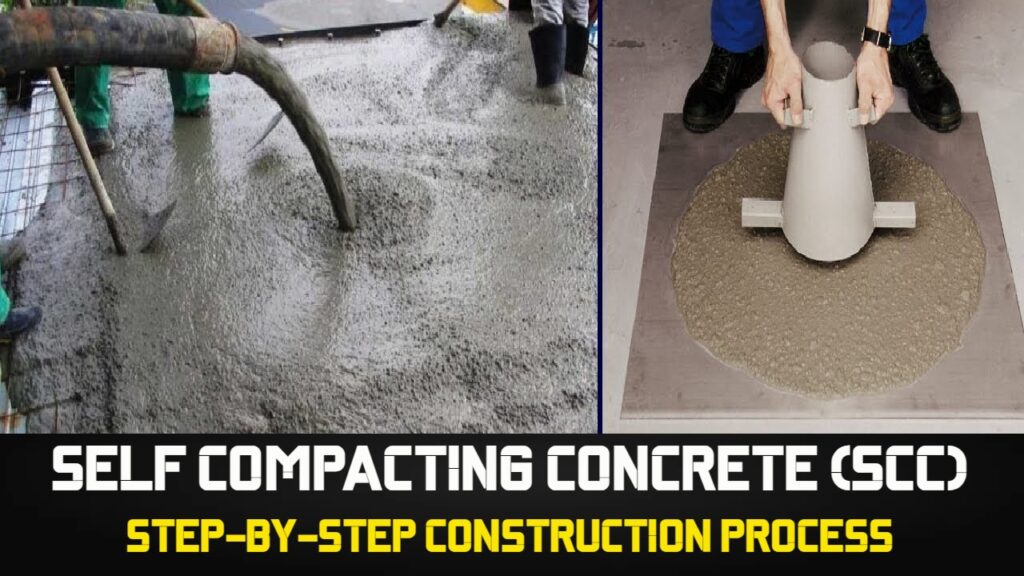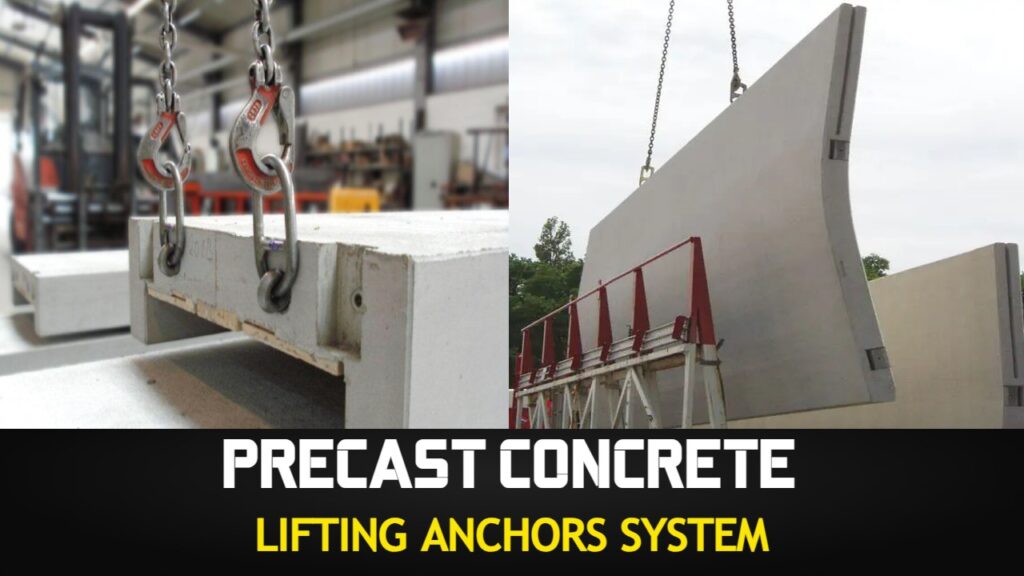In this post, we will learn about the Concept of Workability of Concrete in Civil Construction
Workability of Concrete in Civil Construction
A theoretical water-cement ratio calculated from the considerations is not going to give an ideal situation for maximum strength. Hundred percent compaction of concrete is an important parameter for contributing to the maximum strength.
Lack of compaction will result in air voids whose damaging effect on strength and durability is equally or more predominant than the presence of capillary cavities.
To enable the concrete to be fully compacted with given efforts, normally a higher water-cement ratio than that calculated by theoretical considerations may be required. That is to say, the function of water is also to lubricate the concrete so that the concrete can be compacted with specified effort forthcoming at the site of work.
- What is the Purpose of Concrete Mix Design?
- Self Compacting Concrete (SCC)
- Concrete – Definition Properties and Classification
The lubrication required for handing concrete without segregation, for placing without loss of homogeneity, for compacting with the number of efforts forthcoming and to finish it sufficiently easily, the presence of a certain quantity of water is of vital importance.
The quantity of concrete satisfying the above requirements is termed as workable concrete. The word “workability” or workable concrete signifies a much wider and deeper meaning than the other terminology “consistency” often used loosely for workability. Consistency is a general term to indicate the degree of fluidity for the degree of mobility. Concrete which has high consistency and which is more mobile, need not be of right workability for a particular job.
Every job requires particular workability. Concrete which is considered workable for the mass concrete foundation is not workable for concrete to be used in roof construction, or even in roof construction, concrete considered workable when the vibrator is used, is not workable when concrete is to be contacted by hand.
Similarly, a concrete considered workable when used in the thick section is not workable when required to be used in thin sections. Therefore, the word workability assumes the full significance of the type of work, the thickness of the section, the extent of reinforcement and mode of compaction.
For a concrete technologist, comprehensive knowledge of workability is required to design a mix. Workability is a parameter, a mix designer is required to specify in the mix design process, with a full understanding of the type of work, distance of transport, loss of slump, method of placing, and many other parameters involved. Assumption of right workability with proper understanding backed by experience will make the concreting operation economical and durable.
Many research workers tried to define the word workability. But as it signifies much wider properties and qualities of concrete, and does not project any one particular meaning, it eludes all precise definitions.
Road Research Laboratory, the U.K., who has extensively studied the field of compaction and workability, defined workability as “the property of concrete which determines the amount of useful internal work necessary to produce full compaction.” Another definition which envelopes a wider meaning is that it is defined as the “ease with which concrete can be compacted hundred percent having regard to the mode of compaction and place of deposition.”






